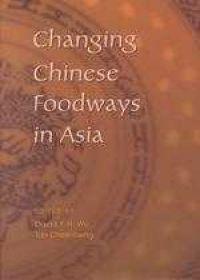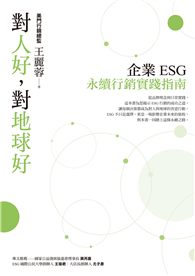This book examines Chinese food and the culture of food consumption in East and Southeast Asia. Through the lens of food, the authors address recent theories in social science concerning cultural identity, ethnicity, boundary formation, consumerism and globalization, and the invention of local cuisine in the context of rapid culture change. Written by distinguished anthropologist who have years of research experience in their respective countries and regions, this book shows how human preparation and consumption of food carry important social, economic, political, and spiritual meanings.
The book describes many interesting Chinese foodways in contemporary Asia, including rice porridge culture and changing diet in rural Pearl River delta, South China; tea cafes, Hakka restaurants, and dim sum eating in Hong Kong; ethnic relations and Chinese food in Southeast Asia; localization of Chinese food in South Korea; adaptation of Chinese noodles in Japanese daily meals; distribution of pork eating in Asia; and globalization and breakfast in Taiwan. This volume concludes with a commentary by a renowned anthropologist, Professor Sidney Mintz, author of Sweetness and Power: The Place of Sugar in Modern History (1985) and Tasting Food, Tasting Freedom: Excursions into Eating, Culture, and the Past (1996).
譯/編/作者簡介
David Y. H. Wu received his anthropological training in Taiwan, the U.S., and Australia (Ph.D., Australian National University), and has carried out field research in China, Taiwan, Southeast Asia, and the South Pacific. He is currently Professor in the Department of Anthropology, The Chinese University of Hong Kong.
Tan Chee-beng (Ph.D., Cornell University), formerly of the University of Malaya, is Chairperson and Professor in the Department of Anthropology, The Chinese University of Hong Kong. His research interest lies in Chinese diaspora communities in Malaysia, Singapore and Southeast Asia, as well as the minority people of Borneo and the Malay Peninsula.

 共
共 









